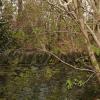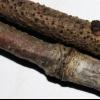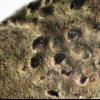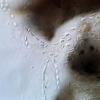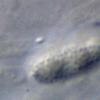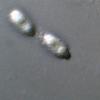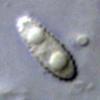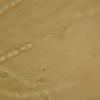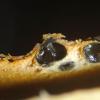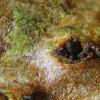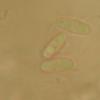
07-04-2009 16:47
Bonjour, j'ai récolté sur Salix cet asco aux air

07-04-2009 11:16
bernard BOUSQUETBonjour, Tous les printemps, début avril, en p

06-04-2009 19:32
J'amairais conaitre votre opinion sur cet petit as

06-04-2009 18:49
 Miguel Ángel Ribes
Miguel Ángel Ribes
Hi again Is this Hypomyces rosellus? Please, se

06-04-2009 16:42
Benoit MarçaisBonjour, Je vous contact pour savoir si vous au

06-04-2009 00:05
 Martin Bemmann
Martin Bemmann
Hello forum, I am dealing since a week with a c

04-04-2009 09:52
 Jean Pierre Dechaume
Jean Pierre Dechaume
Vous ne m'en voudrez pas, j'aimerais savoir si que
Puzzling pyreno
Chris Yeates,
25-04-2016 18:30
 Bonjour tous
Bonjour tousAesculus hippocastanum (certainly in the UK) appears to have very few 'specialist fungi'. Ellis and Ellis has only four species as direct associates (although Erysiphe flexuosa has arrived since then and is spreading rapidly). Perhaps the situation is the same across Europe - ASCOFrance has only two records with Aesculus as an associate in "la Base de données"
I recently collected a pyrenomycete growing on dead attached twigs and branches of a young Aesculus hippocastanum tree. The perithecia occur extensively, immersed, mostly in ones or groups of 2 (rarely more), and appear to be restricted to the bark.
Asci are long-cylindrical, J-, with uniseriate spores (reminiscent of Phomatospora). The spores are ellipsoid, non-septate and have two large guttules (again somewhat reminiscent of Phomatospora); they measure 8.5-9.2 x 3.4-4µm.
The big surprise for me came when I examined the spores (living in water) under oil immersion at x1000 and saw that they have distinctly verrucose walls, such as one might expect in operculates. I am struggling to think of an order, let alone a genus, in which to place this collection.
Any suggestions would be very welcome.
Cordialement
Chris
Nick Aplin,
28-04-2016 00:12
Re : Puzzling pyreno
Salut Chris,
Hope all is well up there in Yorkshire.
I have little idea about the identity of your fungus, but I collected something quite similar in 2013 on dead, attached branches of Rhododendron ferrugineum in West Sussex.
The ascospores of my collection measured 8.2-9.4 x 3.4-4.1µm, pretty much identical to yours. My ascospore walls were also verrucose, although apparently slightly less so (or does DIC make it more obvious?)
It seems I didn't keep a specimen, and 'C.f. Phomatospora sp.' is apparently as far as I got with the ID but I'd be interested to hear if you get any further with this puzzle!
Best wishes,
Nick
Hope all is well up there in Yorkshire.
I have little idea about the identity of your fungus, but I collected something quite similar in 2013 on dead, attached branches of Rhododendron ferrugineum in West Sussex.
The ascospores of my collection measured 8.2-9.4 x 3.4-4.1µm, pretty much identical to yours. My ascospore walls were also verrucose, although apparently slightly less so (or does DIC make it more obvious?)
It seems I didn't keep a specimen, and 'C.f. Phomatospora sp.' is apparently as far as I got with the ID but I'd be interested to hear if you get any further with this puzzle!
Best wishes,
Nick

